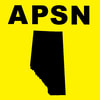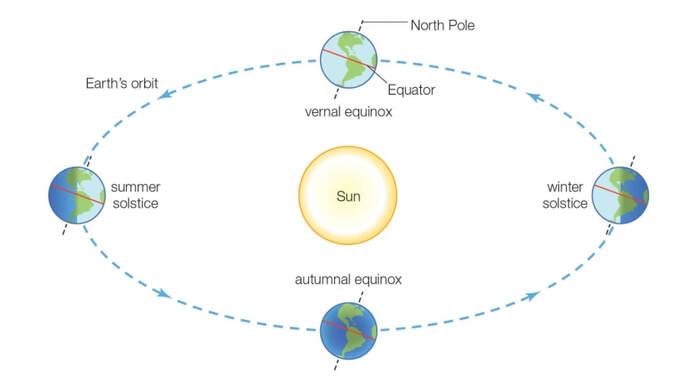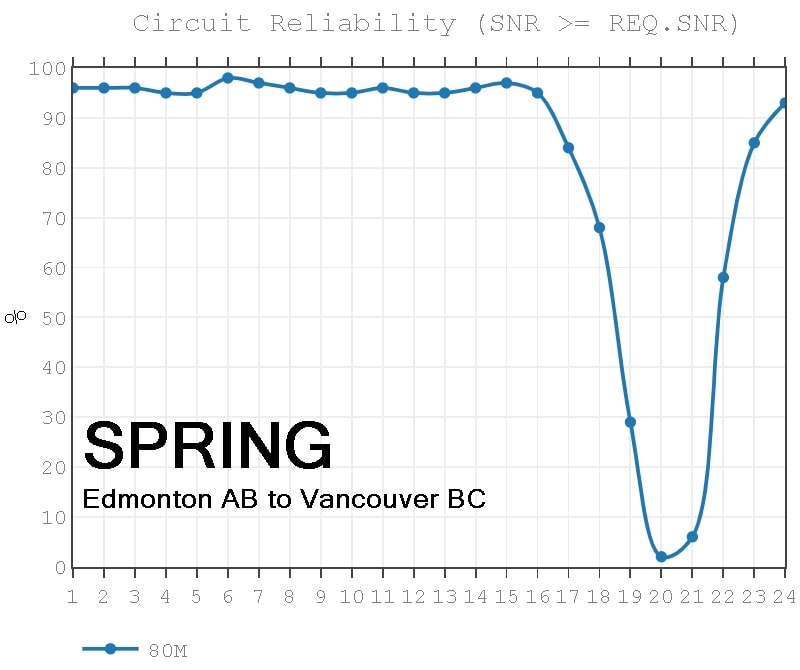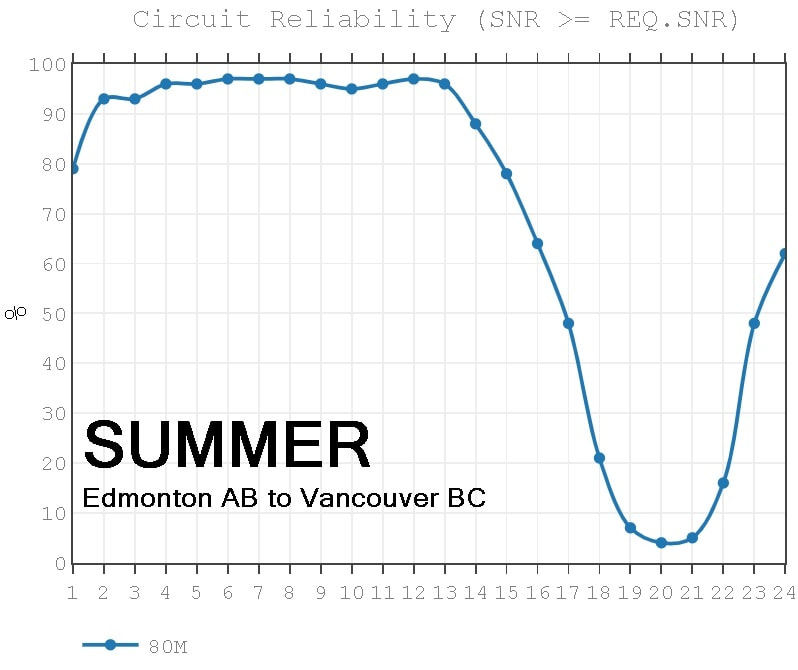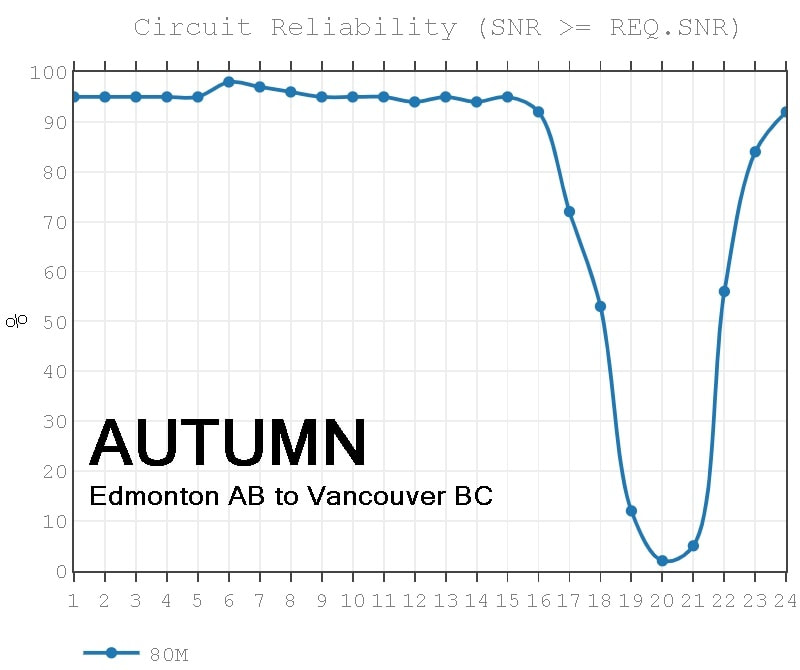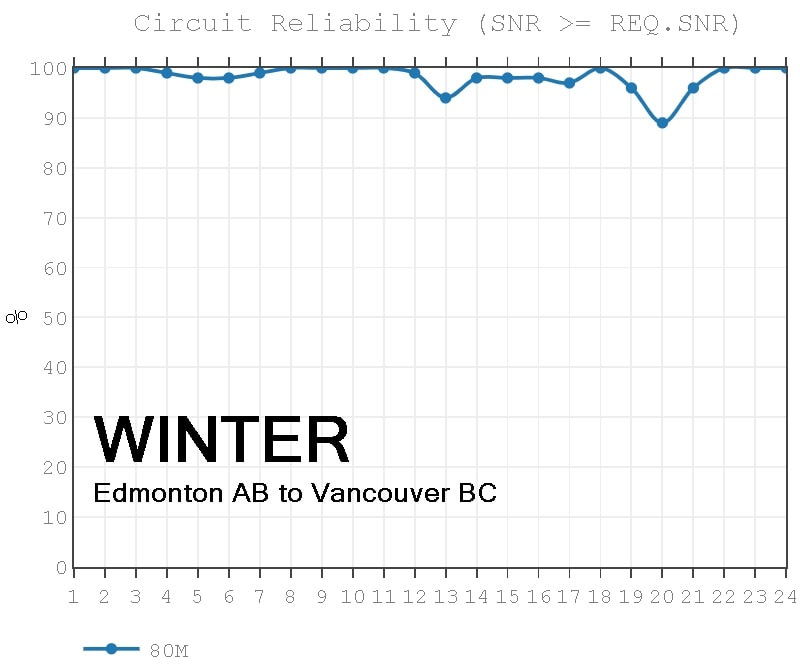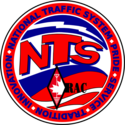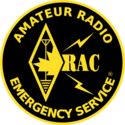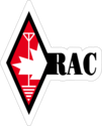Why the 80m Band?
The Alberta Public Service Net (APSN) is held in the 80m Band. Below is some band information you may find useful. This information will help the newer operator make good use of this band in addition to making your participation in APSN activities more enjoyable.
